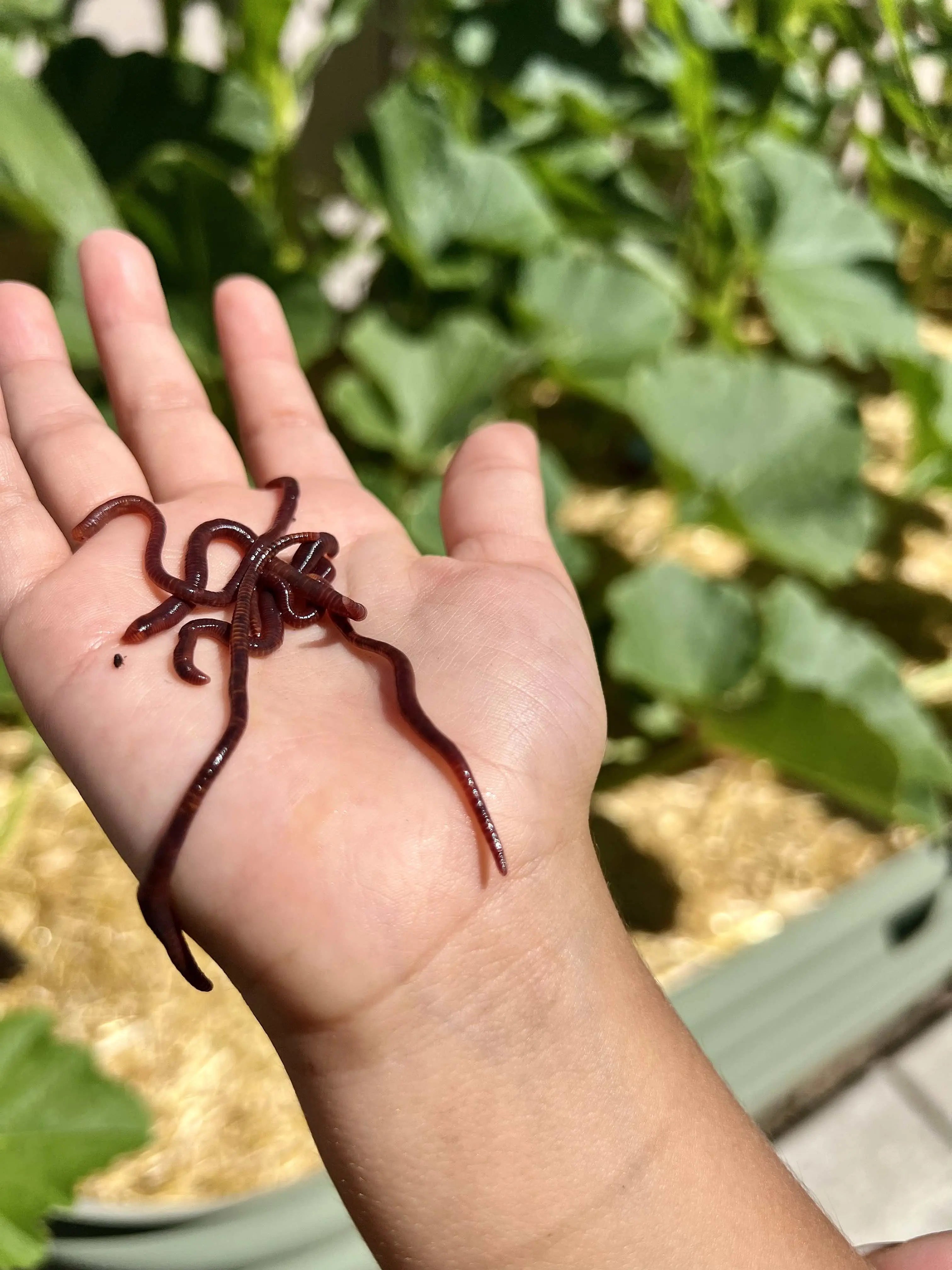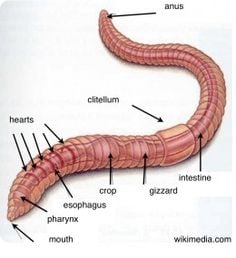Purchase Red Wiggler Worms - Ideal for Composting and Gardening
Wiki Article
Making The Most Of the Benefits of Red Wiggler Worms: A Comprehensive Guidebook for Home Gardeners and Urban Farmers
In the world of sustainable gardening techniques, red wiggler worms stand as unrecognized heroes, quietly transforming organic waste into nutrient-rich castings that can work wonders for dirt wellness. By exploring the intricacies of exactly how to properly care for and maximize the advantages of red wiggler worms, people can unlock a wealth of possibilities for improving the sustainability and efficiency of their gardening endeavors.Comprehending Red Wiggler Worms
Red Wiggler worms, renowned for their reliable composting capabilities, are a species of earthworms extensively used in vermiculture practices. These worms, clinically known as Eisenia fetida, flourish in rotting organic product, making them suitable candidates for composting (Red Wiggler Worms). Red Wigglers are ravenous eaters, with the ability of consuming their very own weight in natural waste daily. Their gastrointestinal procedure breaks down raw material into nutrient-rich spreadings, which are a valuable source for enriching soil and promoting plant growth.One trick feature of Red Wiggler worms is their reproductive price. These hermaphroditic animals possess both male and women reproductive body organs, permitting them to replicate quickly under beneficial conditions. A mature Red Wiggler can create numerous children in a brief period, making certain a steady population within a composting system.

Setting Up a Worm Bin
When establishing a worm bin for vermiculture objectives, correct prep work and focus to detail are vital for producing a favorable atmosphere for Red Wiggler worms. Begin by picking an ideal container for your worm container.
Area the worm bin in an awesome, dark place away from straight sunshine and extreme temperatures. By following these steps, you can establish up a thriving worm bin that will efficiently refine natural waste right into nutrient-rich vermicompost for your yard.
Feeding and Keeping Worms
Making certain a nutritious and well balanced diet regimen is crucial for the health and wellness and efficiency of Red Wiggler worms in a vermiculture system. Red Wigglers are voracious eaters, capable of consuming their very own body weight in natural issue daily. To maintain a flourishing worm population, it is vital to supply them with a variety of food scraps such as fruit and vegetable peels, coffee grounds, tea bags, and crushed eggshells. However, it is very important to stay clear of feeding them citrus fruits, onions, garlic, milk products, meat, and oily foods as these can be unsafe to the worms or trigger unpleasant smells in the container.Correct moisture levels are additionally crucial for the health of Red Wiggler worms. The bed linen must really feel like a moist sponge, giving sufficient moisture for the worms to take a breath with their skin. Routinely check the wetness degrees and adjust by including water or dry bed linen product as required. In addition, maintaining appropriate temperature level problems in between 55-77 ° F(13-25 ° C )will guarantee optimal worm activity and reproduction. By diligently checking their diet regimen, wetness, and environmental conditions, home garden enthusiasts and metropolitan farmers can maintain a healthy and productive Red Wiggler worm population for composting objectives.
Harvesting Worm Spreadings
To effectively draw out nutrient-rich worm castings from the vermicompost, a systematic harvesting process is important for maximizing the composting benefits. Red Wiggler Worms. The very first step in harvesting worm spreadings is to encourage the worms to migrate to one side of the bin. This can be attained by positioning fresh food scraps on one side and leaving the opposite side undisturbed for a few days. Once the bulk of worms have relocated to the side with fresh food, the castings can be collected from the contrary side.After the spreadings have actually been harvested, it is essential to separate any staying worms from the spreadings to stay clear of hurting them throughout storage or application. One efficient technique is to create conical stacks of spreadings under brilliant light. Worms will instinctively move far from the light, enabling for easy splitting up and elimination.
Finally, the harvested worm spreadings must be stored in a trendy, dark, and completely dry area to preserve their quality and efficiency as a nutrient-rich dirt amendment. By adhering to these actions, home garden enthusiasts and city farmers can optimize the advantages of red wiggler from this source worms in their vermicomposting systems.
Using Worm Castings in Horticulture
The unification of nutrient-rich worm castings right into yard soil can considerably enhance plant growth and general dirt health and wellness. Worm castings, additionally referred to as vermicast, are an all-natural fertilizer generated by red wiggler worms as they damage down natural matter. These spreadings are abundant in crucial nutrients like nitrogen, phosphorus, potassium, and helpful microbes that advertise plant development look what i found and enhance soil framework.When using worm spreadings in horticulture, it is necessary to blend them thoroughly right into the dirt or use them as a top clothing around plants. The slow-release nature of worm spreadings ensures a consistent supply of nutrients to plants gradually, lowering the risk of nutrient leaching and advertising long-term soil fertility. In addition, worm spreadings help improve dirt aeration, water retention, and microbial activity, developing a healthy and balanced atmosphere for plant roots to grow.

Verdict
In verdict, the use of red wiggler worms in home horticulture and city farming can considerably profit dirt wellness and plant growth. By recognizing how to set up and keep a worm container, feed the worms appropriately, and collect their nutrient-rich spreadings, gardeners can take full advantage of the advantages of these earthworms.In the realm of lasting gardening practices, red wiggler worms stand as unrecognized heroes, quietly transforming organic waste right into nutrient-rich castings that can function marvels for dirt health and wellness.When developing a worm container for vermiculture objectives, appropriate preparation and focus to information are important for producing a favorable atmosphere for Red Wiggler worms. The initial step in collecting worm castings is this website to encourage the worms to move to one side of the bin. Worm spreadings, additionally recognized as vermicast, are a natural fertilizer created by red wiggler worms as they break down organic matter. By comprehending just how to establish up and keep a worm container, feed the worms effectively, and gather their nutrient-rich castings, garden enthusiasts can make the most of the advantages of these earthworms.
Report this wiki page